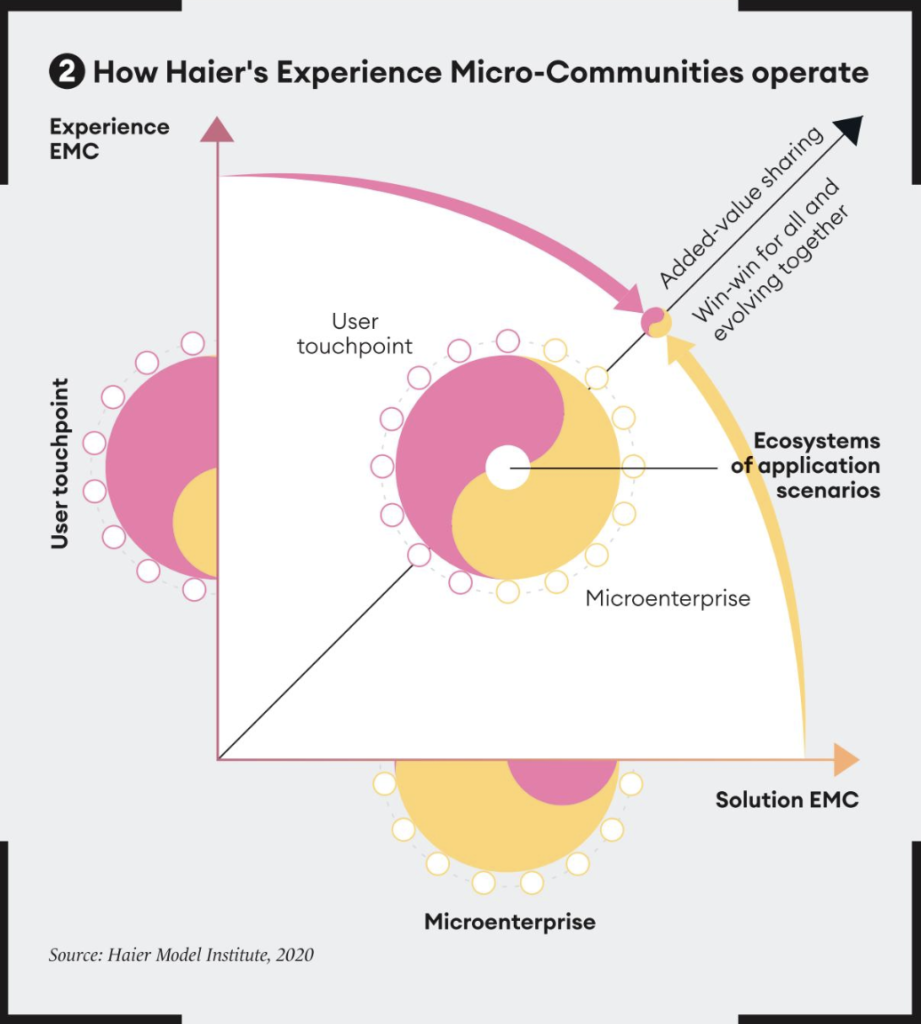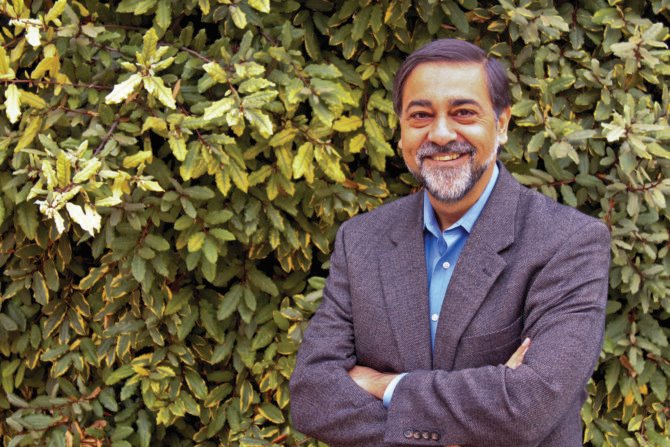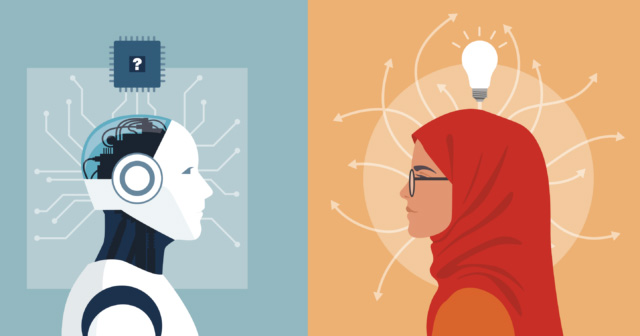Innovative businesses position themselves at the heart of networks that draw in both suppliers and customers.
In any business, engendering ecosystems has great potential for driving businesses to become more vital, capable of renewing their value-creation capabilities over time.
The Haier Group, an appliance manufacturer based in Qingdao, China, clearly illustrates the advantages of ecosystem development and the increased innovation capability that results. In December 2019, then-CEO Zhang Ruimin announced that the company was making a strategic shift – the sixth since the company’s founding, 35 years earlier – and entering what he called the “Ecosystem Brand Stage”.
Zhang expanded on the idea in a 2022 keynote speech. “Traditional organizations are walled gardens, but organizations in the IoT [Internet of Things] era should become rainforest-like ecosystems,” he suggested. “In a walled garden, the plants are organized neatly, just like the employees of traditional organizations known for uniformity and lack of individuality. In an open rainforest ecosystem, all species can thrive and evolve.” He realized that if Haier tried to be more innovative than the competition, solely via its own internal resources, it would come up short – especially in a global environment exploding with digital technology. Haier had to greatly expand the capabilities it could bring to bear in creating value for customers.
For other enterprises to follow Haier’s path, they need to understand first what ecosystems entail. And then how Haier has gone beyond the traditional view to embrace ecosystems in a new way: shaping a new mindset and unleashing innovation not only in its economic offerings, but in its way of managing.
Understanding ecosystems
The first person to apply the term “ecosystem” to business was James Moore in his 1993 Harvard Business Review article, ‘Predators and Prey: A New Ecology of Competition’. Moore wrote that in “a business ecosystem, companies coevolve capabilities around a new innovation: they work cooperatively and competitively to support new products, satisfy customer needs, and eventually incorporate the next round of innovations.”
By starting to expand out to networks in 2013, with fuller ecosystem experiments in 2016, Haier was late to a game that had already been playing out for over 20 years. The company caught up quickly, however: when it makes one of its periodic strategic shifts it moves rapidly, imbuing the organization with new thinking, expanded possibilities, and rejuvenated approaches to its many businesses.
Rendanheyi and Haier’s ecosystem components
Haier’s adoption of ecosystems fits well within its way of managing, for which Zhang coined the term ‘Rendanheyi’ in 2005. It is formed from four Chinese characters, creating three words that define its components. ‘Ren’ turns everyone into an entrepreneur responsible for their own success, unleashing the potential of every employee. ‘Dan’ creates ‘zero distance to the user,’ so the needs of each customer can be fulfilled on an individual basis at scale. And ‘HeYi’ brings these together in a win-win proposition, as customers and employees share the gains of the value created.
As Rendanheyi evolved, a number of key organizing practices emerged. Key among them are micro-enterprises (MEs), the primary organizing practice at the core of the company’s value creation. Internal entrepreneurs form an ME whenever they see an opportunity to create new value for users. Other employees become members of the ME if they, too, feel inspired by the opportunity. As it shifted into ecosystems, Haier conceived another core construct, the ecosystem micro-community (EMC), creating ecosystem platforms that any organization – MEs inside Haier as well as companies outside – can join to create ever-greater value for customers. Communities of micro-enterprises working together with communities of suppliers became essential, creating what Haier calls Solution EMCs and what I call back-end ecosystems: ones that work from design and operations backward into suppliers.
While most companies stop there, Haier also creates front-end ecosystems that reach outward from the company to those that usually only deal with complete, produced, finished offerings. These include sales and marketing, OEMs, channels, vendors that sell the company’s offerings to others, and – where Haier truly shines – customers themselves. It calls these Experience EMCs, for they reach out to the experiences customers have with its offerings, seeking to learn more about individual customers and better mass customize to their individual needs. (See my previous article, ‘Customization for all’, Dialogue, Q3 2022.) Haier has found that front-end Experience EMCs tend to generate far more – and far more valuable – ideas for new offerings than back-end Solution EMCs.
Haier’s ecosystems in action
I saw the components of Haier’s ecosystems in action in my research with the firm in Qingdao.
- The Experience Cloud Platform connects front-end interactions back into operations for appliance manufacturing and development. It incorporates ‘experience sensing’ to understand what is happening directly with customers, and ensures that issues get to the right people to determine what actions to execute.
- CosmoPlat, an industrial IoT platform, connects corporate and supplier resources to end-users, effecting the core Rendanheyi tenet of zero distance to users through both back-end and front-end ecosystems. CosmoPlat collects customers’ needs at the point of use and provides tools for designers to translate those needs into new modules for mass customizing, or developing entirely new offerings.
- The Three-Winged Bird experience store combines a Solution EMC that offers IoT-based smart-home solutions (incorporating products from many different firms) with an Experience EMC. These huge stores enable potential customers to experience products before buying, walking through various rooms to see the technology in action. Stalls provide ‘shops-within-the-shop’ for different members of the Solution EMC, while the Experience EMC gains knowledge that feeds back into the design and development process – particularly useful when individual needs cannot be precisely met.
- Quantum Stores take a much more low-tech but highly effective track, focusing on customer requirements not only for appliances but for hundreds of home services. This generates numerous customer interactions, enabling Haier to learn more about each individual customer – while simultaneously exposing customers to the capabilities Haier’s appliances offer.
- The ThundeRobot brand moved the company into the consumer electronics market. This ME’s founders discovered that gaming computers were becoming a significant part of gamers’ identity, creating opportunities to offer more experiential equipment via lighting, materials, designs and so on. As its success grew, ThundeRobot started producing gaming accessories (monitors, mice, joysticks, chairs, and so forth) – not for the profits per se, but to create more touchpoints with users for the learning it provides. It even branched out into leagues, arenas, hotels, and other experiences that help generate demand for the ME’s core offerings.
Creating value through ecosystems
Companies can focus on the back-end and front-end to varying degrees – from order-taking and -giving at the very low end, to full collaboration and interconnection at the high end – which provides a lens for examining the use of ecosystems (Fig. 1).

In ‘Rudimentary’ ecosystems, suppliers basically do what they’re told to do based on the company’s specifications, exemplified by the traditional value chain of mass production organizations. Similarly, the company treats the front-end just as channels, with little or no input. When the company goes beyond these “walled gardens” to build a high-level ‘Solution Ecosystem’, to use Haier’s term, it enables suppliers and other partners to contribute their own ideas, to apply expanded capabilities in order to fulfill end-customer wants and needs, and to share in the risk of new and enhanced offerings.
Expanding beyond the rudimentary on the front-end similarly enables enterprises to work with internal or external partners to better understand customer wants and needs, collaborate on ways to fulfill those needs, and share in the risk of new and enhanced offerings. A high-level ‘Experience Ecosystem’ can also bring customers directly into the process of value creation itself. But by bringing these ecosystems together in one ‘Integrated Ecosystem’ , connections from customers on the front-end can go directly through to the back-end ecosystem (as with Haier’s Experience Cloud Platform and the Three-Winged Bird stores). The possibilities for value creation go up exponentially.
Core to realizing this at Haier is the EMC Contract, a way of modularizing inter- and cross-organizational interactions. The commitments people make via this contract become a linkage system connecting people and their capabilities together in a mass customized unit that creates value for the entire consortium of companies.
The Haier Model Institute (HMI) demonstrates how the EMC contract operates (Fig. 2).

The yin of the micro-enterprise and its back-end ecosystem – the Solution EMC – complements the yang of the user touchpoints created in the front-end ecosystem – the Experience EMC. This creates movement up and to the right as sharing across the entire consortium generates more and more added value for everyone. This in turn yields a win-win for all, as everyone from the customer back evolves together to higher levels of value and innovation that vitalizes the organization, again and again.
Vitalizing ecosystems
This vitalization can be seen by colliding these two models, placing the EMC contract chart in the middle of the ecosystem model. What was confined within the original four quadrants now explodes beyond its borders. Any company can join the Solution Ecosystem and any customer can join the Experience Ecosystem. The consortium becomes boundaryless and open, as Zhang likes to say.
In fact, innovation explodes even further out: as the arrows to the top right indicate, more and more value can be created as the Solution and Experience Ecosystems combine into one integrated ecosystem. There is no limit to the potential growth, the added-value sharing, or the win-win of all participants, especially customers. This networked arrangement of Solution and Experience Ecosystems in a mass customization business model enables continuous innovation – meaning, a markedly higher degree of inventive capability that builds on mass customizing techniques to enable the rapid, constant, efficient creation of new and innovative economic offerings. It vitalizes not just the core company, but the entire consortium of micro-enterprises, suppliers, vendors, partners, and customers themselves who participate within it – and make it all happen.
This framework further gives new meaning to Rendanheyi and how to accomplish it.

In the collided model (Fig 3), the x-axis represents the power of Ren. As the company shifts further and further to the right, it unleashes the potential of employees – not just those of the company itself, but of every employee of every member of the Solution Ecosystem, and in fact of all contributors to the enterprise. The y-axis represents the power of Dan. As the company shifts up by expanding its Experience Ecosystem, it gets closer to its individual customers, moving toward the ideal of zero distance to the customer.
The twinned lines going up and right represent HeYi. As the company moves in this direction, it strengthens the connection between contributors and user needs within the Integrated Ecosystem consortium, enabling the creation of greater and greater heights of economic value through ever-evolving vitalization.
Zero time to innovation
All this together enables the continuous innovation that results from the ongoing vitalization of the consortium – the enterprise and its ecosystems. It also puts in sight another ideal for enterprises that embrace vitalizing ecosystems: zero time to innovation. That is an ideal that every enterprise should strive for, even if it’s impossible to accomplish literally. The closer you get to that ideal, the more you will forestall the forces of commoditization; the more, greater, and even nobler innovations you will engender; and the greater economic value you will create.




